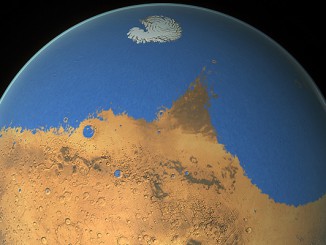
News

News

News
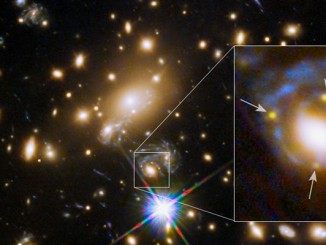
News
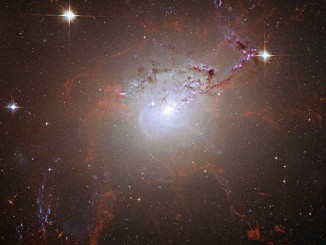
News
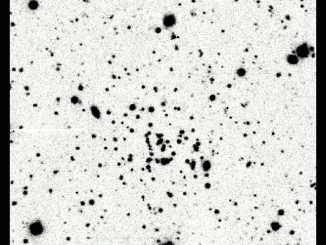
News
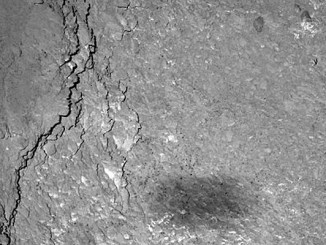
News

News
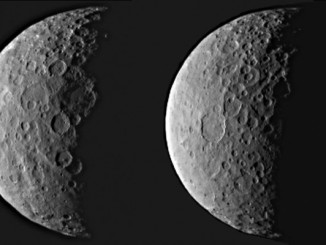
News
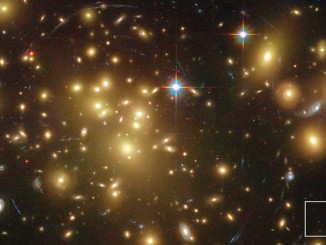
News

News
MUSE looks deeper into the universe than Hubble in 3-D
The MUSE instrument on ESO’s Very Large Telescope has given astronomers the best ever three-dimensional view of the deep universe. The new observations of the Hubble Deep Field South reveal the distances, motions and other properties of far more galaxies than ever before in this tiny piece of the sky.
